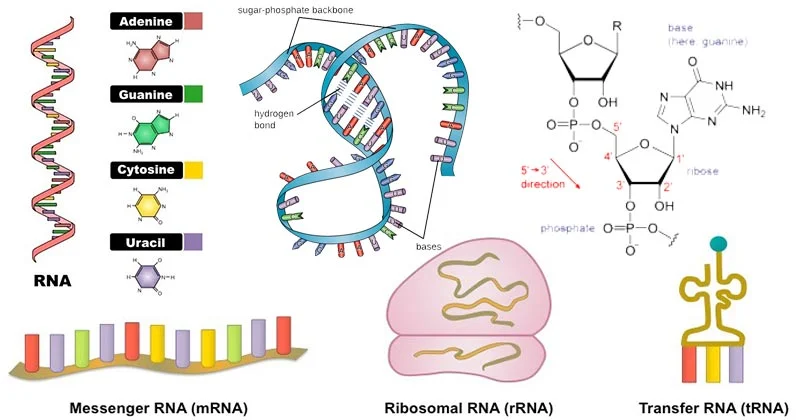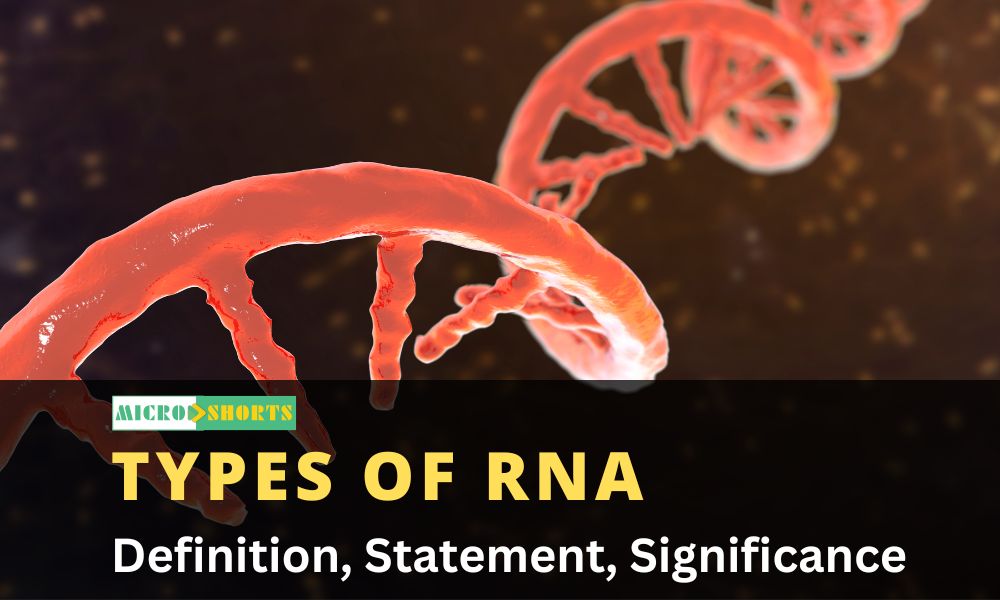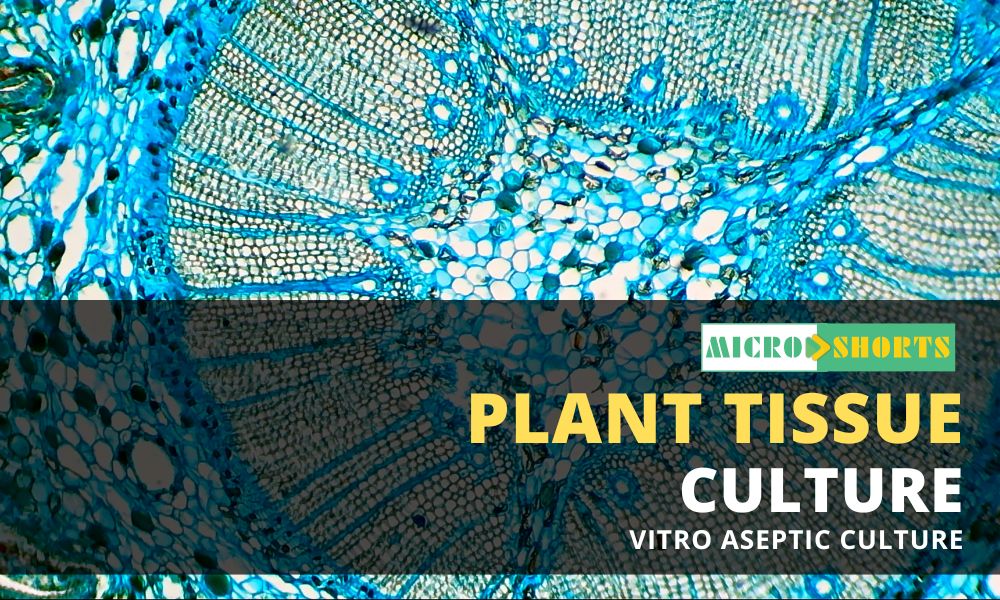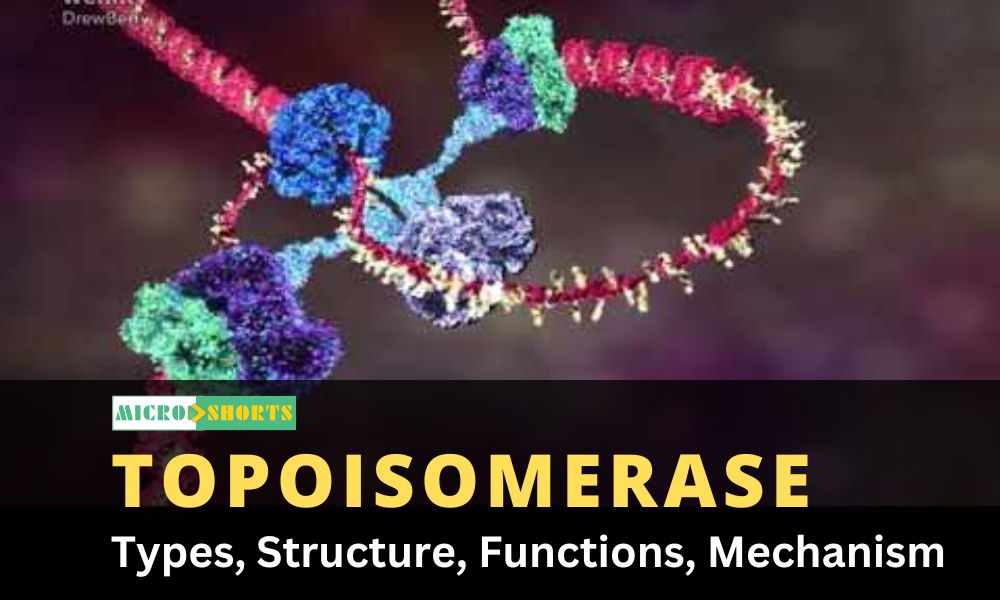Introduction
RNA or ribonucleic acid is a polymer of nucleotides which is
made up of a ribose sugar, a phosphate, and bases such as adenine, guanine,
cytosine, and uracil.
It is a polymeric molecule essential in various biological
roles in coding, decoding, regulation, and expression of genes.

Figure: (a) Ribonucleotides contain the pentose sugar ribose
instead of the deoxyribose found in deoxyribonucleotides. (b) RNA contains the
pyrimidine uracil in place of thymine found in DNA.
RNA Structure

Like DNA, RNA is a long polymer consisting of nucleotides.
- The strand has a 5′end (with a phosphate group) and a 3′end (with a hydroxyl group).
- RNA is a single-stranded helix.
- It
is composed of ribonucleotides.
- The
ribonucleotides are linked together by 3′ –> 5′ phosphodiester bonds.
- The
nitrogenous bases that compose the ribonucleotides include adenine,
cytosine, uracil, and guanine.
Thus, the difference in the structure of RNA from that of
DNA include:
- The bases in RNA are adenine
(abbreviated A), guanine (G), uracil (U) andcytosine (C).
Thus thymine in DNA is replaced by uracil in RNA, a
different pyrimidine. However, like thymine, uracil can form base pairs with
adenine.
- The
sugar in RNA is ribose rather than deoxyribose as in DNA.
- The
corresponding ribonucleosides are adenosine, guanosine, cytidine and
uridine. The corresponding ribonucleotides are adenosine 5’-triphosphate
(ATP), guanosine 5’-triphosphate (GTP), cytidine 5’-triphosphate (CTP) and
uridine 5’-triphosphate (UTP).
RNA Secondary Structure

- Most
RNA molecules are single-stranded but an RNA molecule may contain regions
which can form complementary base pairing where the RNA strand loops back
on itself.
- If
so, the RNA will have some double-stranded regions.
- Ribosomal
RNAs (rRNAs) and transfer RNAs (tRNAs) exhibit substantial secondary
structure, as do some messenger RNAs (mRNAs).
Types of RNA
In both prokaryotes and eukaryotes, there are three main
types of RNA –
- rRNA
(ribosomal)
- tRNA
(transfer)
- mRNA
(messenger)

Messenger RNA (mRNA)
- Accounts
for about 5% of the total RNA in the cell.
- Most
heterogeneous of the 3 types of RNA in terms of both base sequence and
size.
- It
carries the genetic code copied from the DNA during transcription in the
form of triplets of nucleotides called codons.
- As
part of post-transcriptional processing in eukaryotes, the 5’ end of mRNA
is capped with a guanosine triphosphate nucleotide, which helps in mRNA
recognition during translation or protein synthesis.
- Similarly,
the 3’ end of an mRNA has a poly A tail or multiple adenylate residues
added to it, which prevent enzymatic degradation of mRNA. Both 5’ and 3’
end of an mRNA imparts stability to the mRNA.
Function
mRNA transcribes the genetic code from DNA
into a form that can be read and used to make proteins. mRNA carries genetic
information from the nucleus to the cytoplasm of a cell.
Ribosomal RNA (rRNA)
- Found
in the ribosomes and account for 80% of the total RNA present in the cell.
- Ribosomes consist
of two major components: the small ribosomal subunits, which read the
RNA, and the large subunits, which join amino acids to form a
polypeptide chain. Each subunit comprises one or more ribosomal
RNA (rRNA) molecules and a variety of ribosomal proteins (r-protein or
rProtein).
- Different
rRNAs present in the ribosomes include small rRNAs and large rRNAs, which
denote their presence in the small and large subunits of the ribosome.
- rRNAs
combine with proteins in the cytoplasm to form ribosomes, which act as the
site of protein synthesis and has the enzymes needed for the process.
- These
complex structures travel along the mRNA molecule during translation and
facilitate the assembly of amino acids to form a polypeptide chain. They
bind to tRNAs and other molecules that are crucial for protein synthesis.
Function
rRNA directs the translation of mRNA into proteins.
Transfer RNA (tRNA)
- tRNA
is the smallest of the 3 types of RNA having about 75-95 nucleotides.
- tRNAs
are an essential component of translation, where their main function is
the transfer of amino acids during protein synthesis. Therefore they are
called transfer RNAs.
- Each
of the 20 amino acids has a specific tRNA that binds with it and transfers
it to the growing polypeptide chain. tRNAs also act as adapters in the
translation of the genetic sequence of mRNA into proteins. Therefore they
are also called adapter molecules.
Structure of tRNA
tRNAs have a clover leaf structure which is stabilized by
strong hydrogen bonds between the nucleotides. Apart from the usual 4
bases, they normally contain some unusual bases mostly formed by methylation of
the usual bases, for example, methyl guanine and methylcytosine.
- Three
structural loops are formed via hydrogen bonding.
- The
3′ end serves as the amino acid attachment site.
- The
center loop encompasses the anticodon.
- The
anticodon is a three-base nucleotide sequence that binds to the mRNA
codon.
- This
interaction between codon and anticodon specifies the next amino acid to
be added during protein synthesis.
Function
Transfer RNA brings or transfers amino
acids to the ribosome that correspond to each three-nucleotide codon of
rRNA. The amino acids then can be joined together and processed to make
polypeptides and proteins.
Other Properties of RNA

- RNA
forms in the nucleolus, and then moves to specialized regions of the
cytoplasm depending on the type of RNA formed.
- RNA,
containing a ribose sugar, is more reactive than DNA and is not stable in
alkaline conditions. RNA’s larger helical grooves mean it is more easily
subject to attack by enzymes.
- RNA strands
are continually made, broken down and reused.
- RNA
is more resistant to damage from UV light than DNA.
- RNA’s
mutation rate is relatively higher.
- Unusual
bases may be present.
- The
number of RNA may differ from cell to cell.
- Rate
of renaturation after melting is quick.
- RNA
is more versatile than DNA, capable of performing numerous, diverse tasks
in an organism.
RNA Functions
- RNA
is a nucleic acid messenger between DNA and ribosomes.
- It
serves as the genetic material in some organisms (viruses).
- Some
RNA molecules play an active role within cells by catalyzing biological
reactions, controlling gene expression, or sensing and communicating
responses to cellular signals.
- Messenger
RNA (mRNA) copies DNA in the nucleus and carries the info to the ribosomes
(in cytoplasm).
- Ribosomal
RNA (rRNA) makes up a large part of the ribosome; reads and decodes mRNA.
- Transfer
RNA (tRNA) carries amino acids to the ribosome where they are joined to
form proteins.
- Certain
RNAs are able to catalyse chemical reactions such as cutting
and ligating other RNA molecules, and the catalysis
of peptide bond formation in the ribosome; these are
known as ribozymes.









Comments